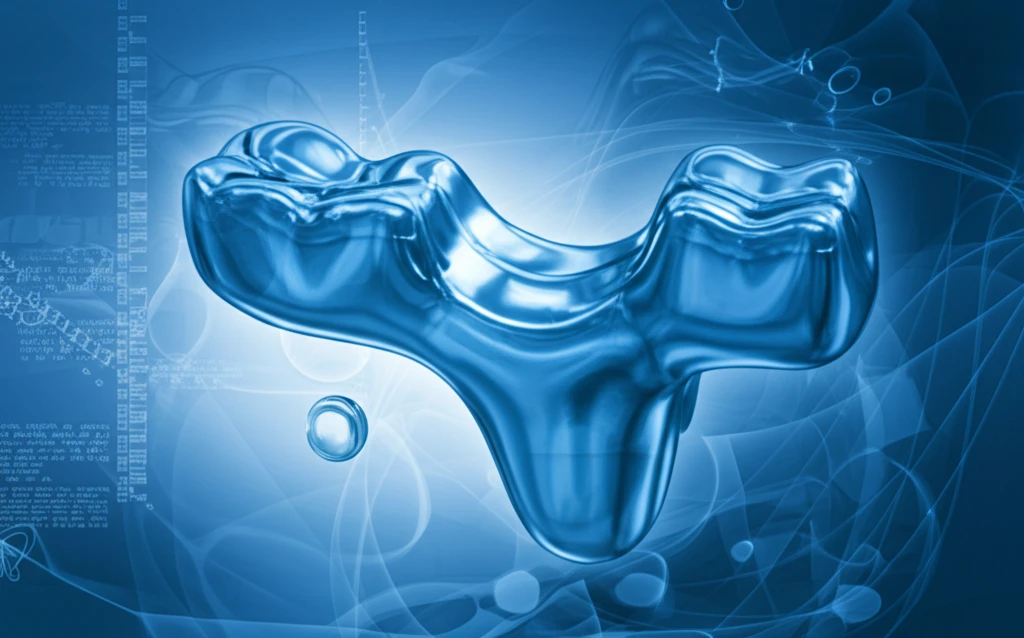
Are Cobalt-Chromium Alloys Safe for Your Dental Work? What You Need to Know
"A deep dive into the use of cobalt-chromium alloys in dental prosthetics, exploring the benefits, risks, and the latest research findings."
For many years, gold has been the trusted material for dental restorations. However, with rising costs and the need for stronger materials, other options have emerged. Cobalt-chromium (Co-Cr) alloys are now a common choice in fixed prosthodontics (FP), offering a blend of strength and affordability. But are they the right choice for you?
A recent study surveyed dental laboratories in Sweden to understand how widely Co-Cr alloys are used and how they are manufactured. This article breaks down the key findings, offering insights into the advantages, disadvantages, and potential concerns surrounding these alloys.
Whether you’re a patient exploring dental options or a dental professional seeking the latest information, this guide provides a clear and comprehensive look at Co-Cr alloys in modern dentistry.
The Rise of Cobalt-Chromium Alloys: Why Are They So Popular?

Cobalt-chromium alloys have gained popularity in dental prosthetics for several reasons. Here’s a breakdown:
- Strength and Durability: These alloys provide a strong foundation for dental restorations, ensuring they can withstand daily wear and tear.
- Bond Strength: Co-Cr alloys create a reliable bond with porcelain, leading to long-lasting and aesthetically pleasing results.
- Corrosion Resistance: These alloys resist corrosion in the mouth, maintaining their integrity over time.
Making Informed Decisions: What's Next?
The study highlights the wide variety of Co-Cr alloys used in dentistry today. While these materials offer many advantages, it’s crucial to understand their properties and potential risks. By staying informed and discussing your options with your dentist, you can make the best choice for your oral health needs.
